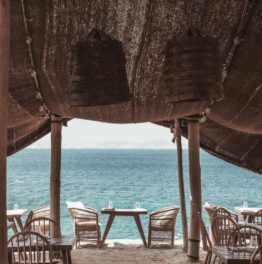
How the modern traveller is reshaping a booming global industry
Luxury travel is not what it used to be– literally. This travel segment is changing and evolving almost as fast as it’s growing – a third faster than any other travel segment, to be precise – and the list of luxury hotels being built or due to open in the next few years is never-ending.
Marriott International is set to double its luxury footprint in Asia Pacific, adding nearly 100 luxury hotels in the coming years, and tour companies are experiencing incredible year-on-year growth. Luxury travel company Virtuoso has seen a remarkable expansion in its network in the past year, recording 12 per cent growth and totalling sales of over US$23 billion, up from $12.5 billion in 2013, and this figure continues to rise.
“It wasn’t that long ago that I could name you every Four Seasons or every Park Hyatt in the world. Now, I can’t even name the ones that are opening up in the next eighteen months,” CEO of global travel network, Virtuoso, Matthew Upchurch told Luxury Travel Magazine on a recent visit to Sydney.
But what is interesting is not so much the growth of the industry, but what – or more importantly, who is driving it.
“The pipeline is so massive, and part of that is being driven by the fact that… never in the history of the planet have you ever had four generations of people all travelling at the same time, in the numbers that they’re travelling,” he said.
The New Luxury Traveller
With the rise in non-luxury brands’ ‘masstige’ (prestige for the masses) products closing the gap between ‘premium’ and ‘true luxury’ travel, traditional luxury travellers are now making their travel and hotel choices based on far more than just the square meterage of their suite. They want experiences, they want personalisation and they want to discover places before they become overdone and overrun.
At the same time, luxury travel has become ‘mass’. Everyone wants a touch of luxury in their lives and this previously exclusive market is now being accessed by people from many walks of life, no longer just the ‘connected few’ or very wealthy.
Digital-first Millennials and Generation X, a growing affluent female market, a rapidly emerging Chinese middle class – and Chinese Millennials, in particular – as well as the multi-generational travel movement and new technology are all contributing to reshaping the luxury travel landscape.




